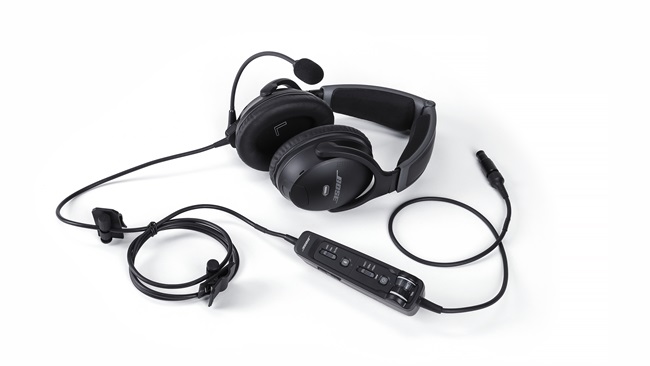Via the Internet
We'll consider letters about readers' first solo experiences for a future article in AOPA Flight Training. If your solo was memorable, share it with us at [email protected] or 421 Aviation Way, Frederick, Maryland 21701. Ed.
Known Icing?
"Informal Teachers: The Bad With the Good" (October AOPA Flight Training) says, "...even though he obviously knew that flight in icing conditions is prohibited in airplanes not specially certified." I occasionally see similar references in other publications, and so once again dug into my 2001 copy of the federal aviation regulations. The only reference I can find to flight in icing conditions is 14 CFR 91.527, "Operating In Icing Conditions," contained within Subpart F, Large and Turbine-Powered Multiengine Airplanes, and so it does not apply to most general aviation aircraft. I fully agree that only a fool would take off into or fly in known icing conditions in the aircraft that most of us fly, but I cannot find any citation that specifically prohibits this.
Mark Lipp
Via the Internet
You're correct that Federal Aviation Regulations (FAR) Part 91 does not contain an express prohibition against flying in icing conditions. However, FAR 91.9 requires that the pilot in command heed all limitations in the pilot's operating handbook (POH) or on placards, and if the airplane isn't certified for flight in icing conditions, there should be a POH or placard prohibition on flight in such conditions. Ed.
Winds Aloft Forecast Cold
In "The Weather Never Sleeps: Looking Aloft," (October AOPA Flight Training), Jack Williams says: "In these forecasts each four-digit number is decoded by taking the first two digits and adding a zero at the end to find the true direction of the wind in degrees. The second two digits represent the air temperature in degrees Celsius. The Buffalo forecast for 300 feet shows wind from 330 degrees and temperature 10 degrees C."
I think that the forecast provided for Buffalo, 3310, shows wind from 330 degrees at 10 knots. In fact I think your chart only shows temperatures from 6,000 feet. Which is correct?
Allan Wright
Via the Internet
In Jack Williams' article "Looking Aloft: Weather at altitude" (October AOPA Flight Training), his description of the coding for the four-digit cluster is incorrect. The cluster is broken down as the wind direction being the first two digits plus a zero and the wind velocity in knots being the second two. The second two digits do not represent the temperature, as he stated. As a reference see Advisory Circular 00-45E, Aviation Weather Services, section 4. This document can be found on AOPA's Web site ( www.aopa.org/members/files/ac/ac0045e/ sec04.pdf ).
Gene McCullough
Denver, Colorado
Allan, Gene, and dozens of other alert readers caught that error, which was missed in editing the article. The last two digits are indeed the wind velocity in knots.
In addition, winds aloft forecasts do not include temperatures for the 3,000 foot level, or for any altitude within 2,500 feet of the station's elevation - this is why winds aloft forecasts for some locations do not in- clude temperatures for higher altitudes. Ed.
Erratum
"Final Exam" (October AOPA Flight Training) contained an incorrect answer to question 7. The correct answer is A, scud running. AOPA Flight Training regrets the error.


